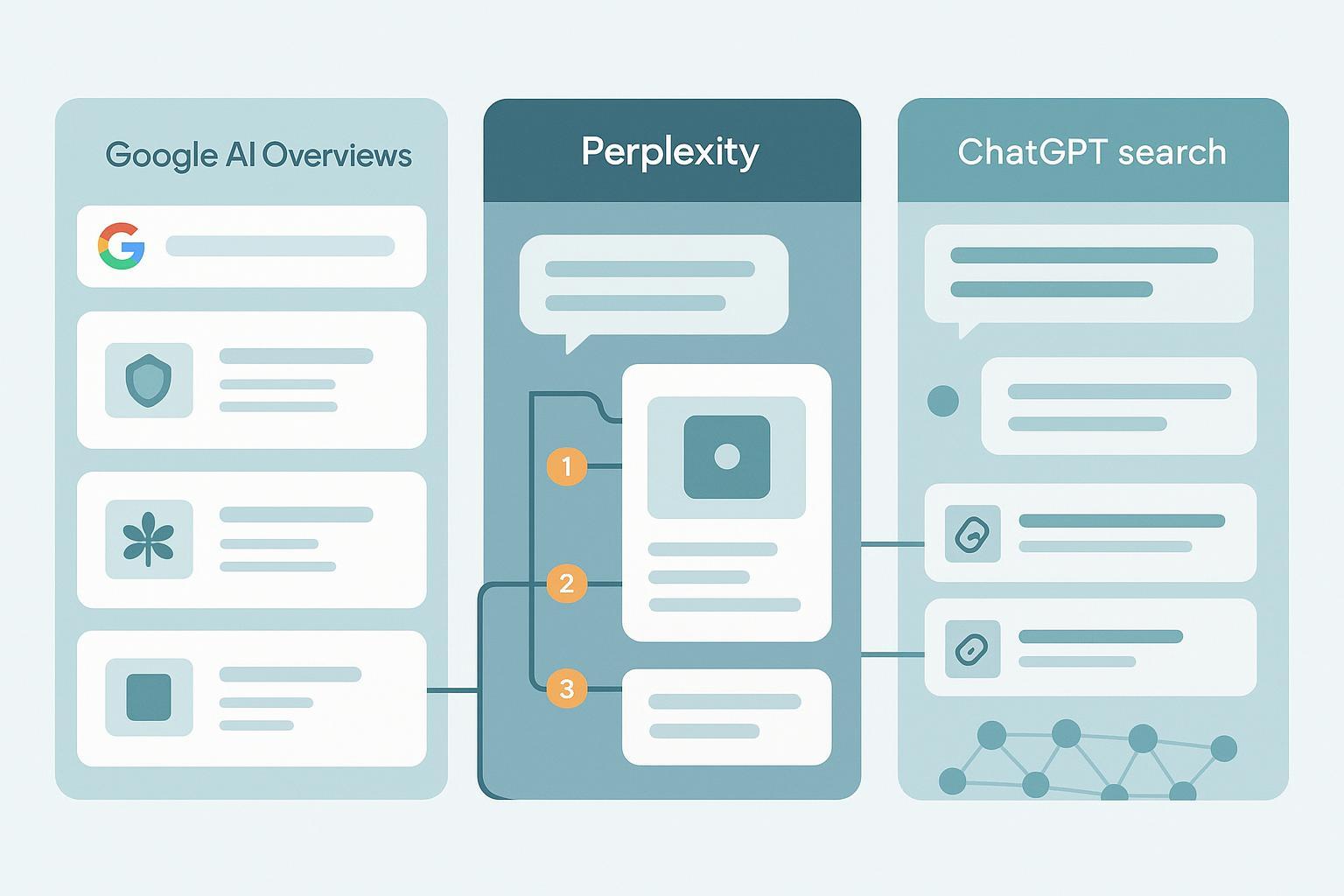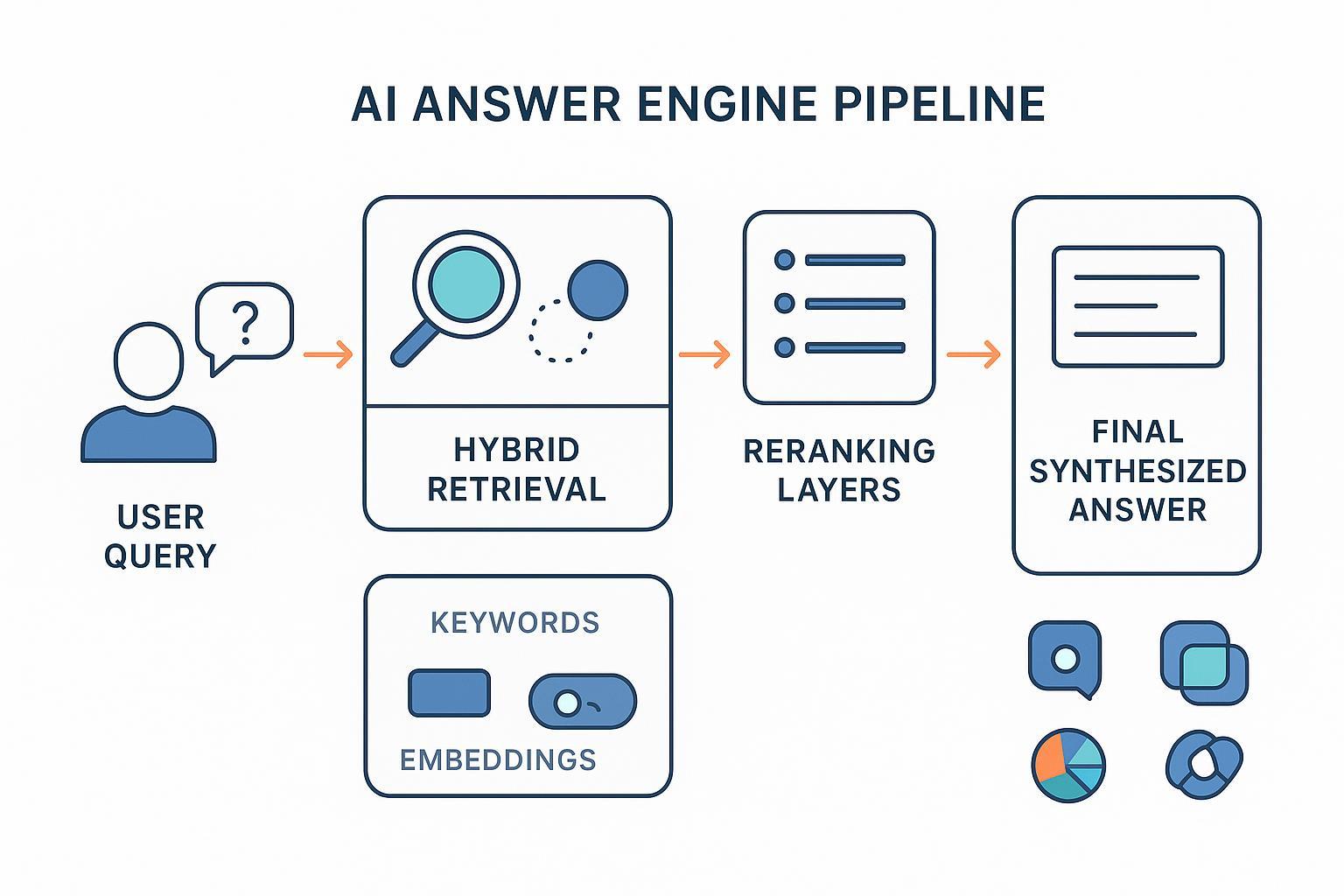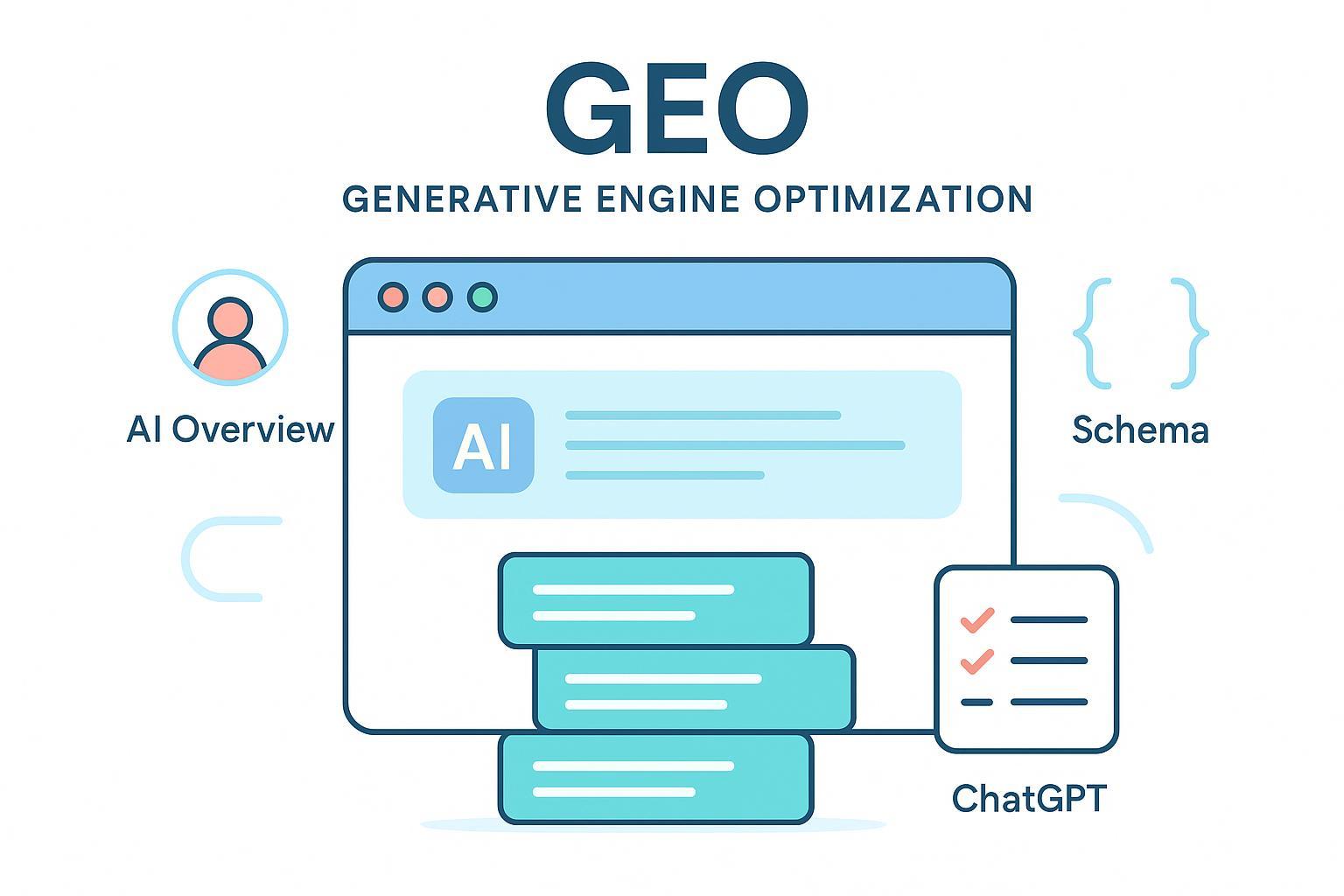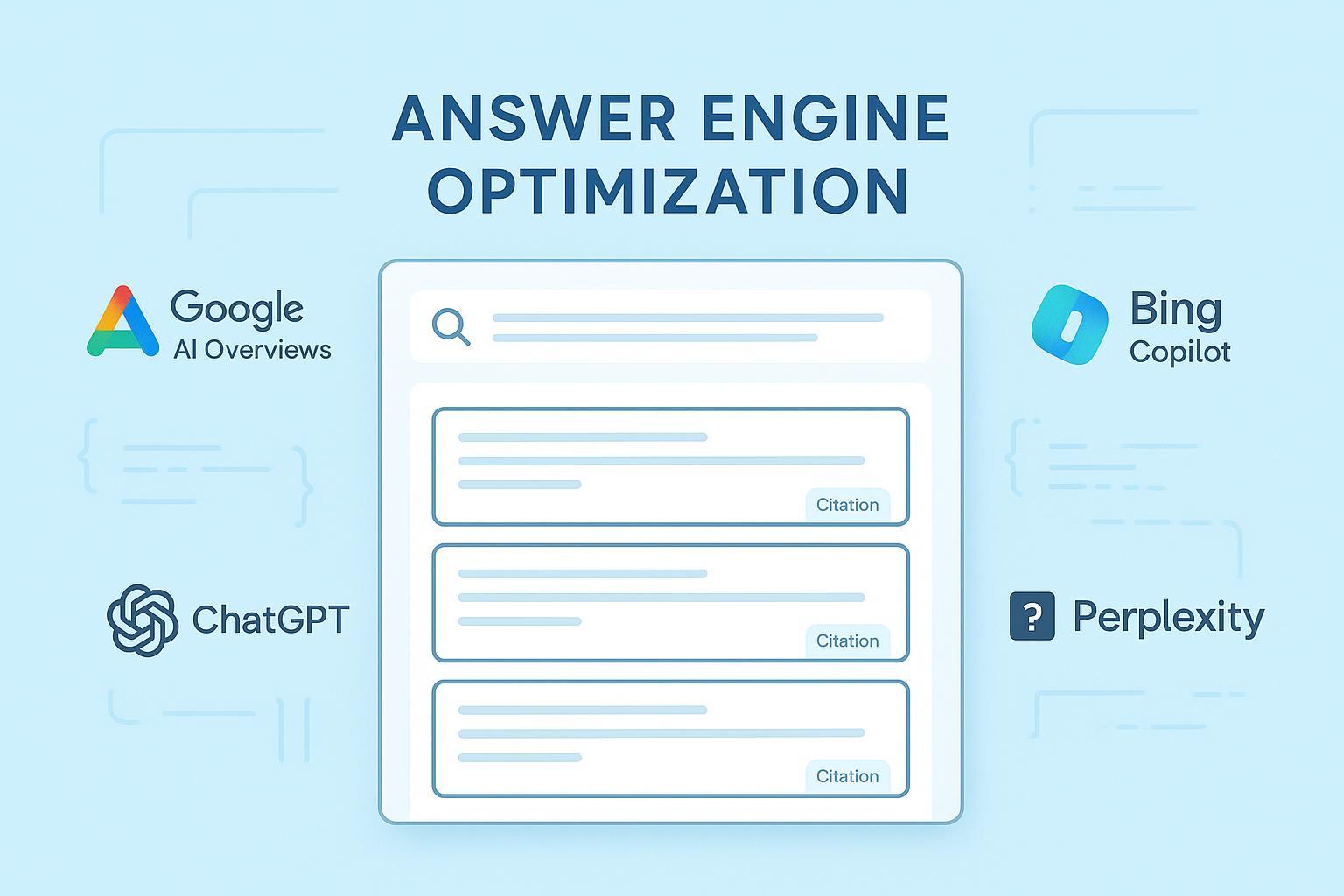Best Practices for Topic Clusters & Pillar Pages: Google Authority SEO (2025)
Discover actionable 2025 best practices for building topic clusters and pillar pages that boost Google authority rankings. Technical SEO, internal linking, and AI-ready workflows for advanced professionals.

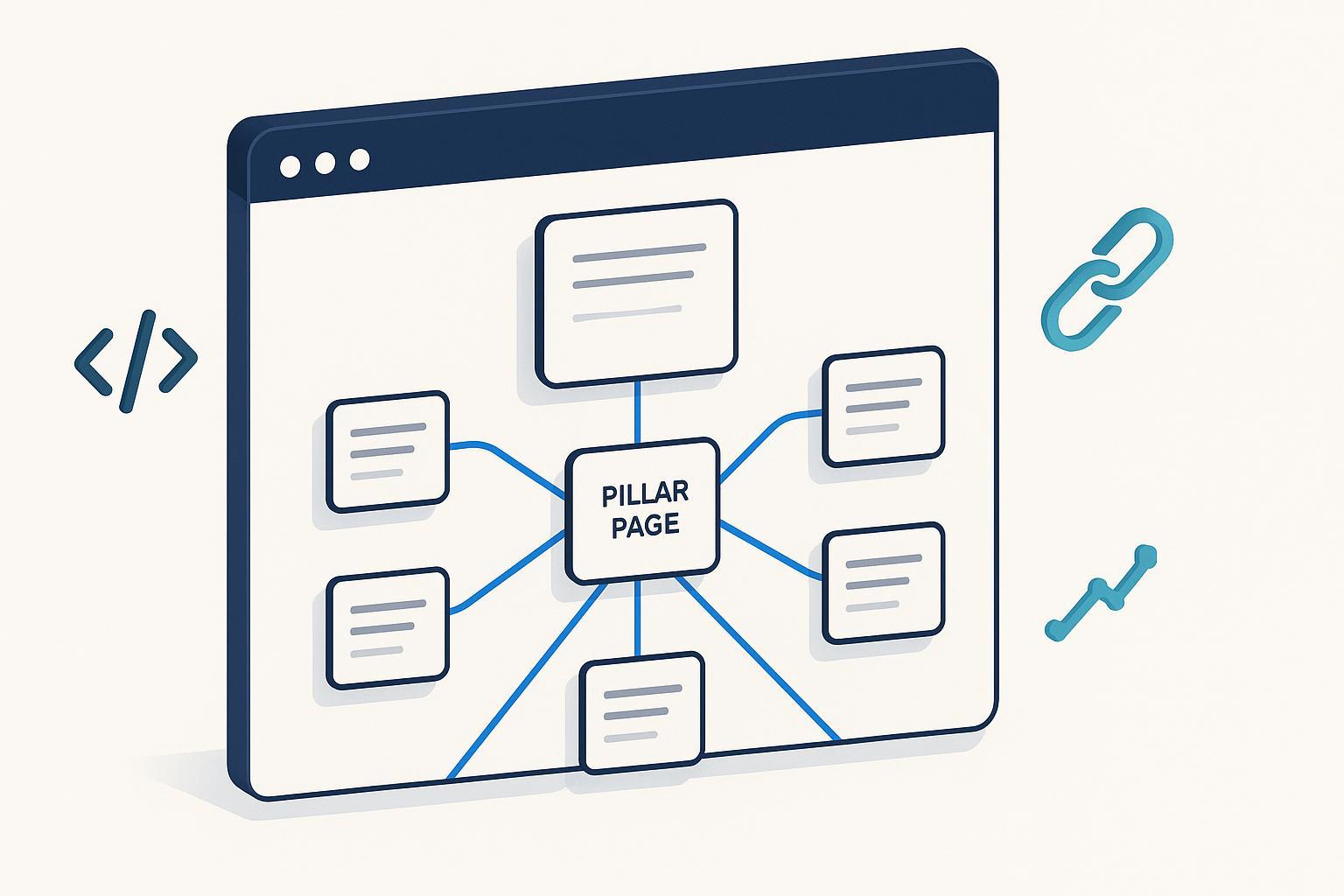
Google’s 2024–2025 changes push hard on topical authority, helpfulness, and clean information architecture. If your content is scattered, thin, or poorly linked, you’ll struggle to surface in core results and new AI-driven features. The good news: a disciplined topic cluster and pillar page system maps directly to Google’s public guidance on helpful content, crawlability, and structured presentation.
According to Google’s March 2024 announcement in the Search Blog, the company refined core ranking systems to reduce “spammy, low‑quality content” and elevate helpful pages (Google Search Blog, March 2024). In May 2025, Search Central detailed how to succeed in AI-driven experiences like AI Overviews and AI Mode by focusing on accurate, structured, and current content (see Google’s guidance in Succeeding in AI Search (May 2025) and the AI features overview). Topic clusters aren’t a “ranking factor,” but they operationalize what Google recommends: coherent coverage, crawlable links, and extractable answers (see Google’s Links: make your links crawlable).
What “clusters” and “pillar pages” mean in 2025
- Topic clusters: A hub-and-spoke architecture. The pillar page addresses the broad theme; clusters cover specific subtopics/intents in depth. Each cluster interlinks to relevant peers and the pillar.
- Pillar pages: Comprehensive resource hubs with clear navigation to clusters. Their job is orientation and utility, not just keyword stuffing. For practical design tips, practitioners often reference resources like Backlinko’s 2025 overview of pillar pages for layout conventions (Backlinko, 2025).
- Internal links: Bidirectional links between hub and spokes, plus lateral links across closely related subtopics. Use descriptive, natural anchors; avoid generic “click here.” Google’s link crawlability guidelines emphasize using real HTML links that bots can follow (Google Developers, Links).
The 8-step workflow for building clusters that earn authority
1) Model the topic entities and intents
- Start with the core entity (e.g., “email deliverability”) and enumerate dimensions: definitions, processes, comparisons, tools, troubleshooting, regulations, KPIs.
- Use SERP recon to confirm searcher intents and gaps: analyze top results, PAA questions, related searches, and AI Overviews when available.
- Map entities to subpages: each cluster page should represent a distinct facet/intent. Avoid creating overlapping subtopics that cannibalize one another.
2) Architect the information hierarchy
- Keep priority cluster pages within three clicks of the homepage or pillar.
- Implement breadcrumb navigation sitewide to reflect hierarchy and aid users and bots.
- Create a pillar index module: a scannable section listing cluster pages with concise labels and jump links.
- Maintain XML sitemaps that include only canonical, indexable URLs; split large sitemaps and submit in Search Console (per Google’s Sitemaps overview).
Practical tip: Define a naming convention for pillar and cluster URLs (e.g., /pillar/topic/ and /pillar/topic/subtopic/) to reinforce hierarchy and breadcrumb clarity.
3) Design the pillar for extractability and structure
- Add an answer box (succinct summary) near the top.
- Include a table of contents with jump links to key sections and cluster pages.
- Add FAQs that genuinely reflect user questions; mark them up with FAQPage structured data when appropriate and aligned to visible content (see Google’s FAQPage docs).
- Use Article structured data with accurate author, date, and headline fields (see Google’s Article schema).
- Implement Breadcrumb structured data to reinforce hierarchy (see Google’s Breadcrumb schema). Validate with the Rich Results Test; track enhancements in Search Console.
4) Engineer internal links deliberately
- Hub ↔ Spoke: Every cluster page links back to the pillar; the pillar links to all clusters.
- Lateral links: Contextual links between closely related clusters (e.g., a “DMARC setup” page linking to “SPF vs DKIM explained”).
- Anchor text strategy: Use descriptive, intent-aligned phrases; vary naturally to avoid repetitive exact matches. Ensure links are standard HTML, not JS-only, per Google’s crawlable link guidance.
- Audit quarterly: fix broken/redirect chains; rebalance link equity toward priority pages.
For a deeper primer on internal linking conventions widely used by practitioners, see the 2025 guide on internal links and SEO at Search Engine Land (publisher: Third Door Media, 2025) (Search Engine Land internal linking guide).
5) Lock down technical SEO fundamentals
- Canonicalization: Consolidate duplicates and near-duplicates; ensure canonical targets return 200 and use self-referential canonicals when appropriate (see Google’s Duplicate URL consolidation).
- Core Web Vitals (including INP): Track LCP (<2.5s), INP (<200ms), CLS (<0.1). Use Search Console/Core Web Vitals reports and PageSpeed Insights. Improving responsiveness can materially affect perceived quality.
- Crawl accessibility: Avoid orphan pages; ensure important links are in HTML; no critical navigation hidden behind JS.
- Sitemaps & breadcrumbs: Keep sitemaps clean and breadcrumbs consistent with the URL hierarchy.
For a broader, technical checklist contextualized for CMS setups, see the internal resource on CMS SEO best practices (QuickCreator) that covers schema, CWV, and crawling considerations: CMS SEO Best Practices: Key Features & Checklist.
6) Prepare for AI Overviews and AI Mode
- Extractable facts: Place short, verifiable answers early; use lists, steps, and tables.
- Evidence and citations: Link to authoritative sources inline; keep author bios visible.
- Structured data: Reinforce page type and hierarchy; AI features benefit from clear structure.
- Freshness: Update when guidance changes; AI features prefer current, accurate content.
Google’s 2025 guidance emphasizes being helpful, accurate, and structured for AI experiences; see Succeeding in AI Search (May 2025) and the AI features overview for site owners (Google Developers, AI features).
7) Operationalize production with governance
- Roles: Assign an architect (IA/SEO), subject-matter writer, editor, and technical implementer.
- Standards: Define E‑E‑A‑T requirements—author credentials, citations, conflict-of-interest disclosures, and revision history.
- Checklist-driven reviews: Before publishing, verify entity coverage, internal links, schema validity, CWV thresholds, and canonical hygiene.
- Example tooling: Use an AI-enabled editor and cluster mapping to enforce consistency across large projects—like the block-based editor and SERP-informed planning in QuickCreator. Disclosure: QuickCreator is our product.
For a deeper understanding of authority signals in 2025 and how to reflect them across pillar pages, see: Building Content Authority for Google’s 2025 Update.
8) Measure, iterate, and refresh
- KPIs: Organic entrances to pillar and clusters, average positions for cluster keyword sets, time-to-rank (days to top 20/top 10), assisted conversions, and engagement (scroll depth, time on page).
- Diagnostics: Track CWV (INP) in GSC; monitor content decay (e.g., 20–30% 90-day drop, snippet loss, new SERP features). Plan quarterly refreshes for pillars and 3–6 month reviews for clusters.
- Incrementality: Where possible, run pre/post or controlled tests (geo or time segments) to isolate the impact of your cluster rollout.
Best practices vs. common mistakes
| Practice area | Do this | Avoid this |
|---|---|---|
| Architecture | Keep key clusters within 3 clicks; implement breadcrumbs; pillar index section | Deep pages buried >4–5 clicks; no breadcrumb/navigation clarity |
| Internal linking | Hub↔spoke + lateral links; descriptive, varied anchors | Orphan pages; exact-match anchor spam; JS-only links |
| Structured data | Article, FAQPage, Breadcrumb; validate Rich Results | Markup not matching visible content; missing/incorrect fields |
| Canonicals | Self-referential canonicals; consolidate duplicates | Conflicting canonicals; canonical targets returning non-200 |
| CWV/INP | LCP <2.5s; INP <200ms; CLS <0.1 | Ignoring responsiveness/interaction latency |
| Content quality | Entity coverage and intent depth; extractable answers | Thin/fragmented articles; keyword stuffing |
| AI readiness | Short answers, tables, citations; frequent updates | Out-of-date facts; ambiguous sourcing; no structured layout |
Maintenance and freshness playbook
- Quarterly pillar refresh: verify facts, add new sections, rotate examples, revalidate schema.
- Cluster review every 3–6 months: patch gaps, update anchors, fix broken links, confirm canonical hygiene.
- Update triggers: 20–30% 90-day traffic decline across a cluster, ranking drops, featured snippet loss, new SERP modules changing CTR, significant industry updates.
- AI-driven gap detection: Use NLP tools to flag emergent entities and intents needing new cluster pages.
Advanced tips and trade-offs
- Ultra-niche sites: A single expert guide plus a handful of supporting pages may outperform a large cluster. Don’t overproduce if search demand is limited.
- News vs. evergreen: For fast‑moving topics, prioritize freshness cadence and concise updates over large static pillars; build timelines and update logs.
- Cluster sizing: Let SERP complexity dictate scope—broad topics often need 12–30 cluster pages; narrow topics may need 5–10. Quality and depth beat volume.
- Anchor diversity: Rotate intent descriptors (e.g., “setup guide,” “comparisons,” “FAQ,” “troubleshooting”) to align with user tasks, not just keywords.
If you want more groundwork on on-page signals and metadata that assist crawlability and clarity, see this complementary internal guide: Mastering SEO with HTML, CSS, and Meta Tags.
Implementation checklist
- Define the entity model and user intents for your core topic.
- Outline pillar coverage; list all cluster subtopics and expected intent types.
- Set URL patterns and breadcrumbs; keep clusters ≤3 clicks from pillar/home.
- Build pillar modules: answer box, TOC, jump links, FAQs, pros/cons.
- Add Article/FAQPage/Breadcrumb structured data; validate.
- Publish with hub↔spoke and lateral links; vary descriptive anchors.
- Enforce canonicals; maintain clean XML sitemaps; prevent orphan pages.
- Monitor CWV/INP; fix responsiveness and interaction latency.
- Prepare extractable answers and citations for AI features.
- Track KPIs; schedule quarterly pillar refreshes and 3–6 month cluster reviews.
Final thought
Adopting topic clusters and pillar pages isn’t about gaming a ranking factor—it’s about building a coherent, helpful information system that Google can understand and users love to navigate. When you structure topics around entities, engineer internal links, and reinforce it with clean technical SEO and regular updates, you’ll earn topical authority the durable way.


